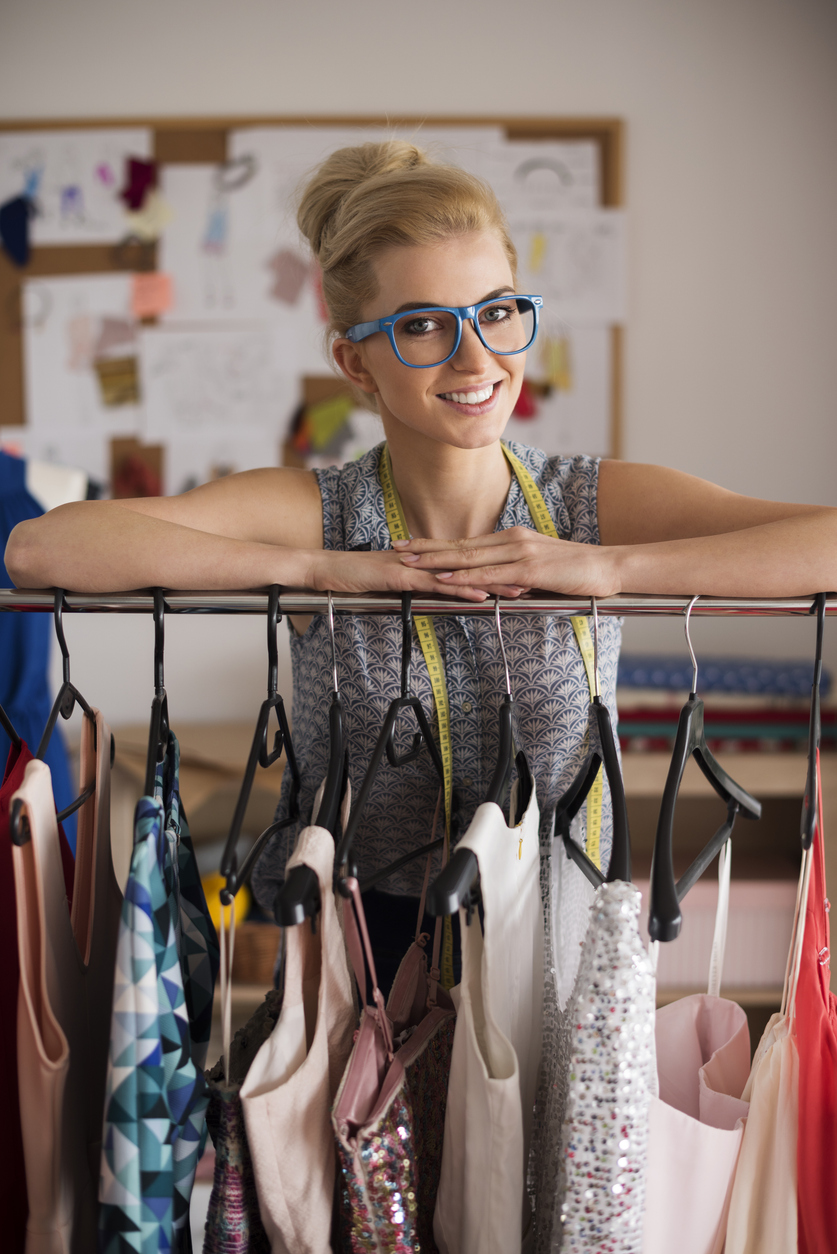Style isn’t just about what you wear. It’s about how you wear it and what it stands for.
The fashion industry is estimated to account for two to eight percent of global greenhouse gas emissions. InAustralia alone, 300,000 tonnes of textile waste end up in landfills every year. The good news is, making more sustainable fashion choices can help, and it doesn’t mean compromising on style.
In fact, you can look more stylish by buying quality pieces and keeping them updated with tailoring. With that in mind, we’re sharing seven simple ways to build a wardrobe that looks good and is good for the planet. Let’s dive straight into tip number one.
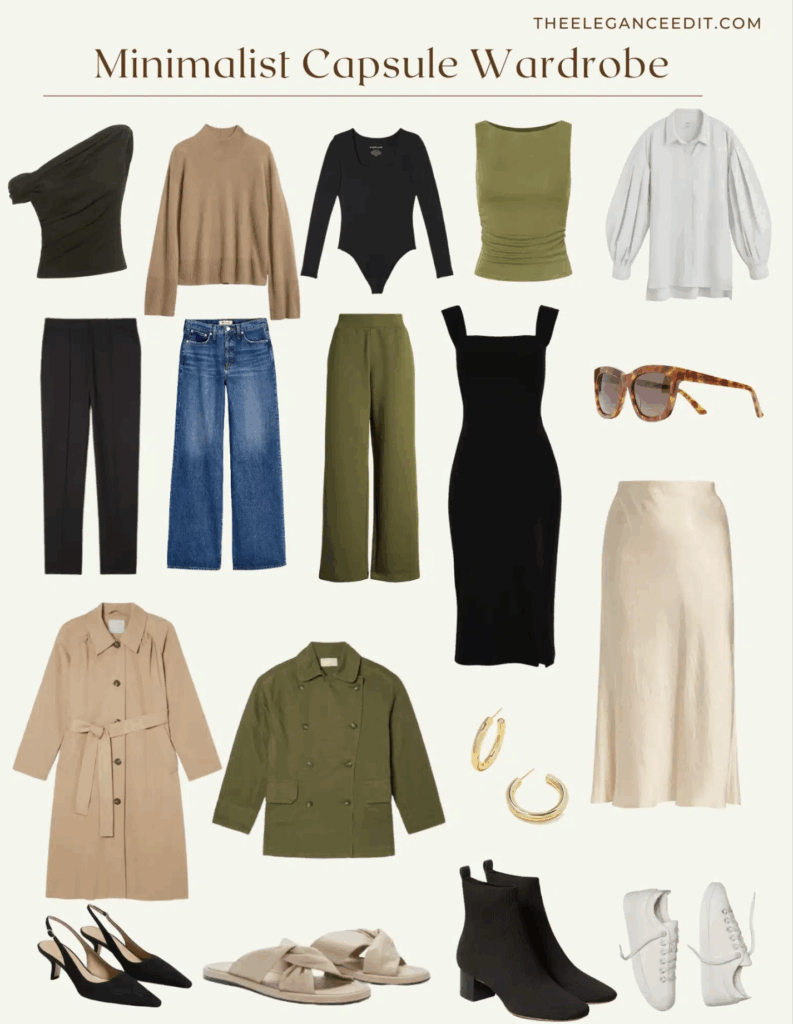
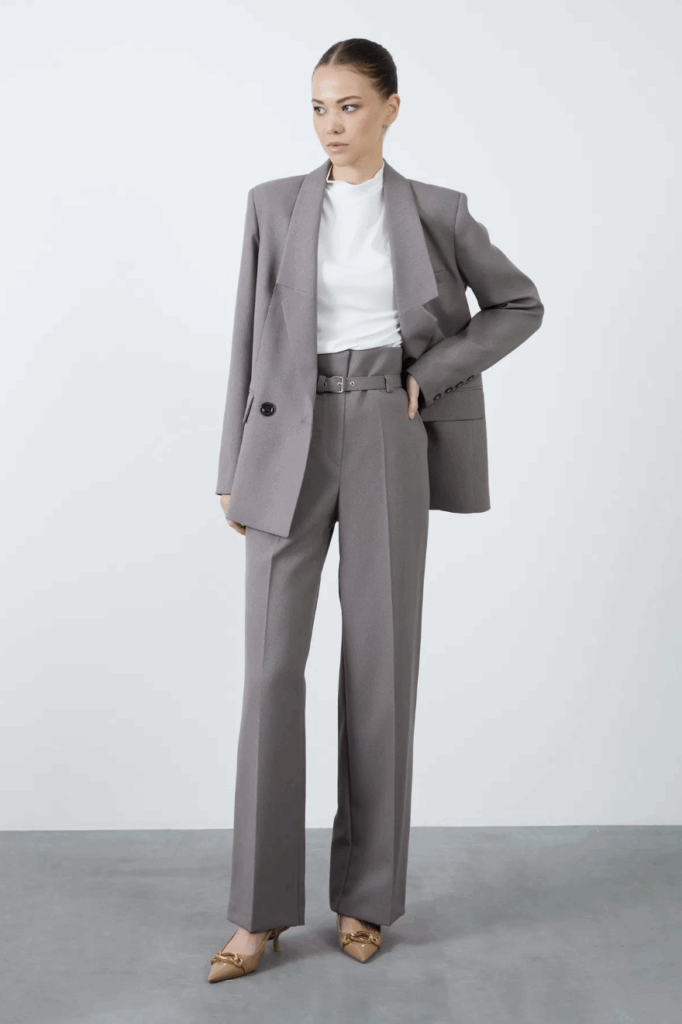
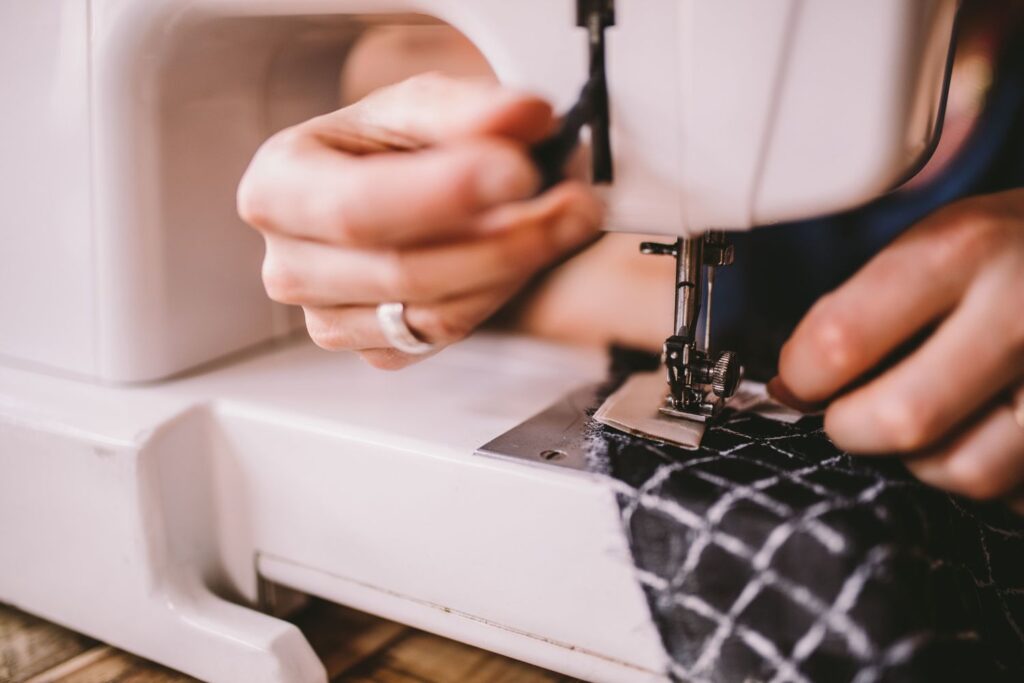

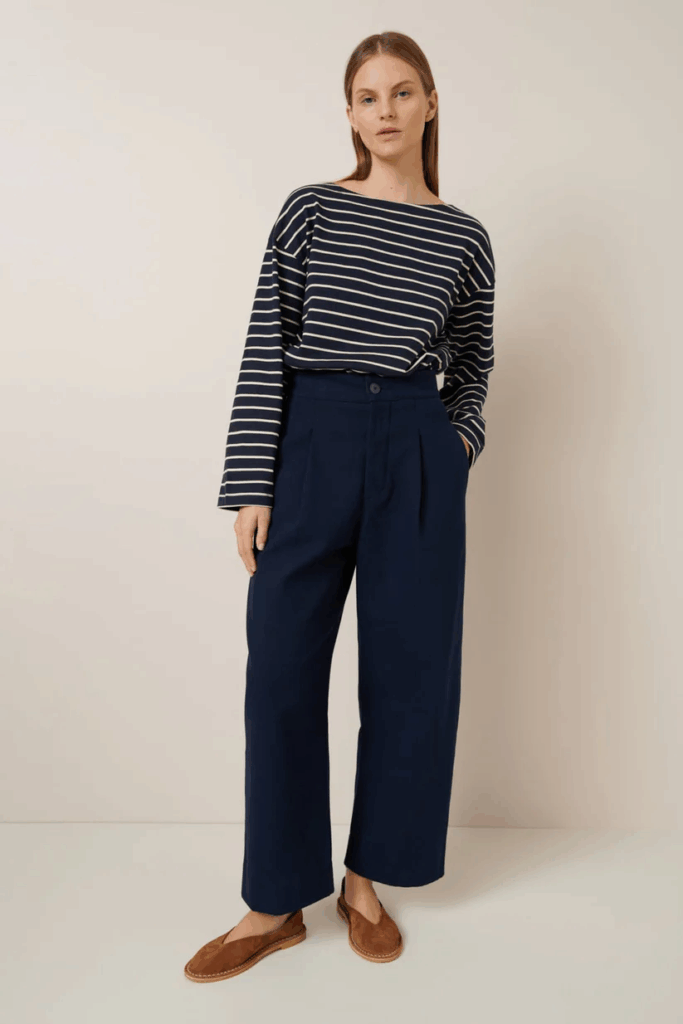
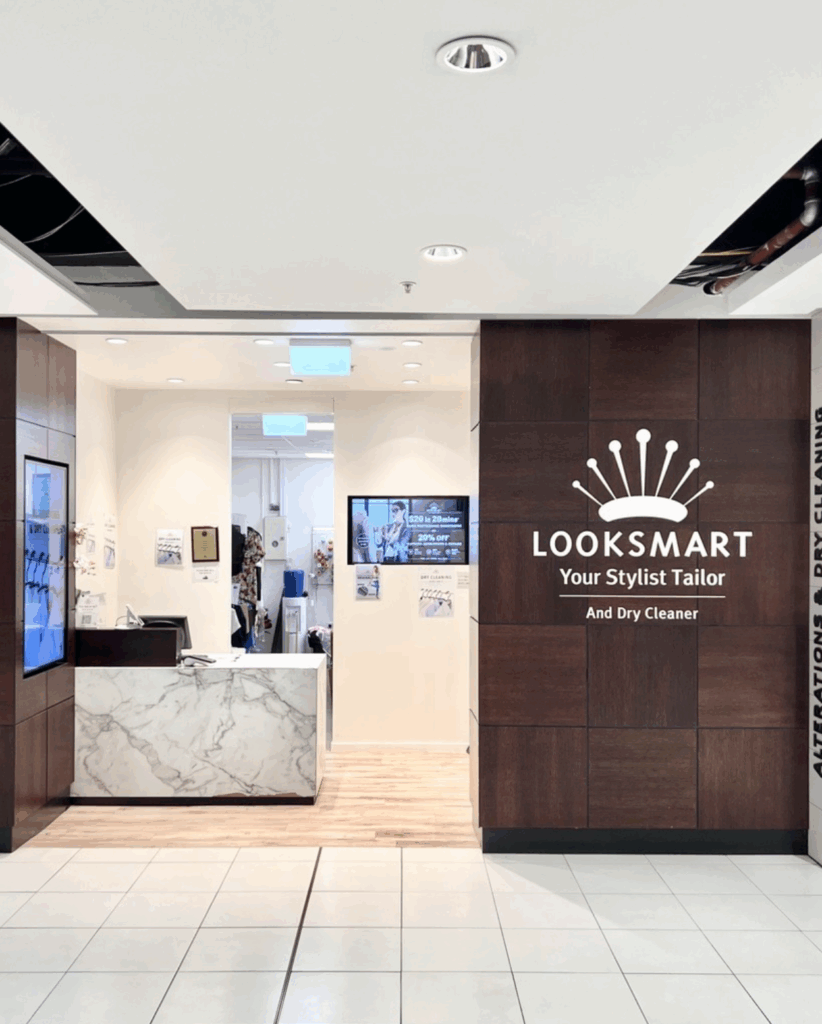

1. Buy less and make thoughtful choices
As Dame Vivienne Westwood said: “Buy less. Choose well. Make it last.” Building a stylish wardrobe doesn’t mean owning one of every item in every colour. It simply means choosing better. One beautifully made blazer will outshine five fast fashion jackets every time. If you’re not sure where to start, a capsule wardrobe is a great foundation. By focusing on a handful of well-fitted essentials that flatter your shape and work within your colour season, you create endless outfit options without the clutter. The Marie Kondo method is a helpful way to approach this – only keep or buy what truly sparks joy (and yes, that means it’s time to donate or tailor that piece at the back of your wardrobe). LookSmart’s expert team can help make every piece in your wardrobe feel like it was made for you. It’s also worth being mindful of online sales. Sometimes you’ll find a gem, but more often, you’re paying for poor construction or a fit that looks nothing like it did on the model. Quality and a good tailor will always outlast a discount.
2. If it doesn’t fit, it’s not finished
A good piece only works if the fit is right. That means clean lines, the right length and a shape that suits your body. Even expensive items won’t look polished if they don’t sit properly. If something feels off, too long, too boxy, or too loose, it probably needs some tailoring. Quick fixes like taking in the waist or adjusting the length can completely change how a piece looks and feels. You don’t need a whole new wardrobe. Tailoring lets you update what you already own, especially those pieces you like in theory but never wear. LookSmart’s expert tailors can help you make these changes that actually make you want to wear your clothes again.
Gizia [2]
3. Repair, reuse, and revamp your pieces
They don’t make them like they used to, and that’s not just nostalgia talking. Many older garments were made with higher-quality materials, stronger stitching, or design details you won’t find in fast fashion today. These pieces are worth holding onto, or can be found at cheaper prices than fast fashion in second-hand shops. Repairs and alterations aren’t just about mending, they’re about making your clothes match your current style. A small change like adjusting the hem, reshaping the waist, cropping trousers, orupdating buttons can modernise any piece. It’s also significantly more cost-effective. Altering a quality piece costs far less than replacing it with something of equal standard, and it keeps more clothing out of the landfill. Our experts can help you extend the life of your wardrobe by tailoring it to fit beautifully, for both the current and future you.
4. Extend the life of your wardrobe
Taking care of your clothes is one of the simplest ways to build a more sustainable wardrobe and make your favourite pieces last. Try to wash less, and wash with care. That means selecting cold water and gentle cycles, and using laundry bags to help prevent fading, pilling or damage. For special pieces, make sure to check the label; if you’re unsure, opt for a hand wash. How you store your clothes matters too. Fold knitwear to avoid stretching, hang structured pieces on padded hangers, and keep everything out of direct sunlight to protect its colour and shape. For quick fixes, sew on a loose button, use a fabric shaver to remove pilling, or gently steam instead of overwashing. Extending the life of your clothes really does make a difference. One study from Wrap UK found that wearing your clothes for just nine extra months can reduce their carbon footprint by 8%, water use by 10%, and waste by 4%.
Hindustan Times [4]
5. Choose natural and recycled materials
Some of the most luxurious fabrics you can wear (like wool, linen, and organic cotton) are also the most sustainable. They’re breathable, long-lasting, and get better with age when properly cared for. Common synthetic fibres like polyester shed microplastics and take decades to break down. What surprises some people is that even natural fibres can lose recyclability once dyed or printed. When choosing sustainable fabrics, look for undyed, minimally treated natural fibres or certified recycled materials. These not only feel great to wear but are also the most sustainable choice. At LookSmart, we work with all types of fabrics, including delicate natural fibres, and tailor them with precision. We also partner with textile recyclers like Upparel and BlockTexx, to do our part in helping to close the loop on fashion, one stitch at a time.
Kowtow [5]
6. Shop local and support ethical brands
Shopping locally is one of the easiest and most impactful ways to support sustainable fashion. With no need for long-distance shipping, local garments often come with a much smaller carbon footprint. They’re also usually made in smaller batches, with more attention to detail and higher quality finishes. Best of all, your purchase supports real people and small businesses in your community, not big global corporations with less accountability. At LookSmart, we’re an Australian brand with expert tailors across the country who know how to make clothes fit well and last. Choosing local services like ours means you’re getting quality work while also supporting fair wages, lower emissions, and a more thoughtful way to shop. Ethical fashion is about more than the clothes you wear. It’s a lifestyle choice that supports fair wages, transparency, and slower, more considered fashion. Look for brands accredited by Ethical Clothing Australia or Certified B Corporations, guaranteeing ethical production and a genuine (not greenwashed) commitment to sustainability.
7. The circular economy: recycling and second-hand fashion
Second-hand shopping has well and truly come back in vogue, and for good reason. In the US, the second-hand clothing market is growing seven times faster than the broader clothing market. It’s sustainable, budget-friendly, and honestly, half the fun is in the hunt. There’s something satisfying about finding a unique piece no one else has. When shopping second-hand, look for quality fabrics like linen, wool, or cotton, and pieces with interesting cuts or structure. Don’t worry if the fit isn’t perfect – alterations can completely transform a piece and make it feel like it was made for you. With the right tailoring, a vintage blazer or too-long skirt can become your go-to staple. At LookSmart, we help you give second-hand finds a fresh new life, so they look great, last longer, and fit your style.
Hostelworld [7]

